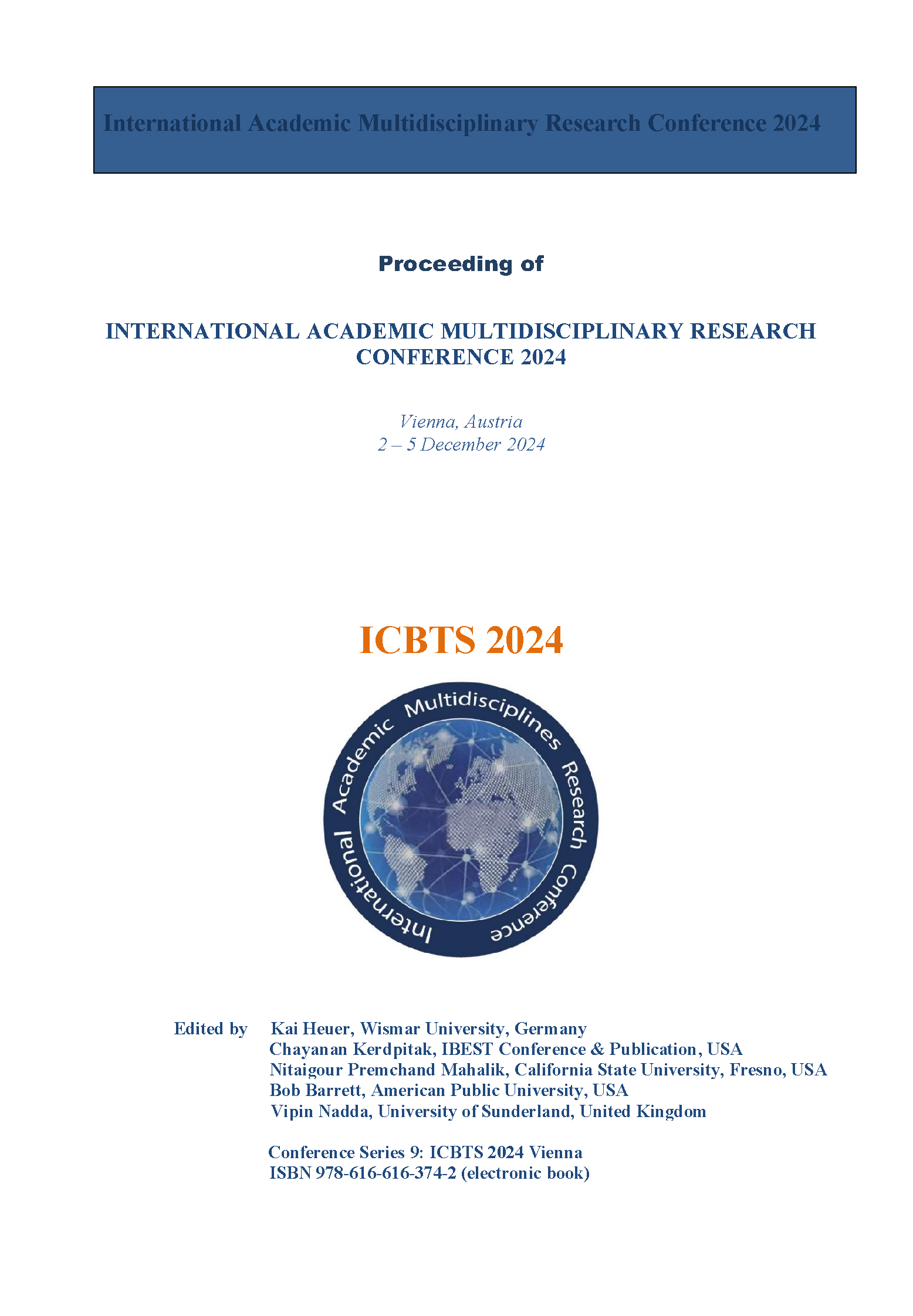The Effectiveness of Using Sensory Materials in Art Therapy in Special Elementary Schools in Guangdong Province, China
Abstract
As society's concern for children with Autism Spectrum Disorder (ASD) grows, finding effective treatments has become an important issue. In Guangdong Province, China, special education elementary schools provide diverse educational and therapeutic services for children with ASD, in which the use of sensory materials plays an important role in art therapy. This study investigated the use of sensory materials to enhance therapeutic effects in art therapy for children with ASD in special elementary schools in Guangdong Province, China, focusing on hand muscles, fine motor and hand-eye coordination. In addition, the introduction of sensory materials provided additional stimulation and feedback to children with ASD, enhancing their perceptual abilities and concentration. The literature review addressed art therapy, sensory integration theory, and educational challenges for children with ASD. Twenty-four children with ASD aged 6-9 years old with different severities in Guangdong Province were selected for the study to evaluate the effectiveness of sensory materials in enhancing finger fine motor movements in conjunction with questionnaires, interviews, and observational assessments by 24 parents and 10 teachers. In summary, the use of sensory materials in art therapy in special elementary school in Guangdong Province showed positive effects on children with ASD, providing new perspectives and methods for special education.


